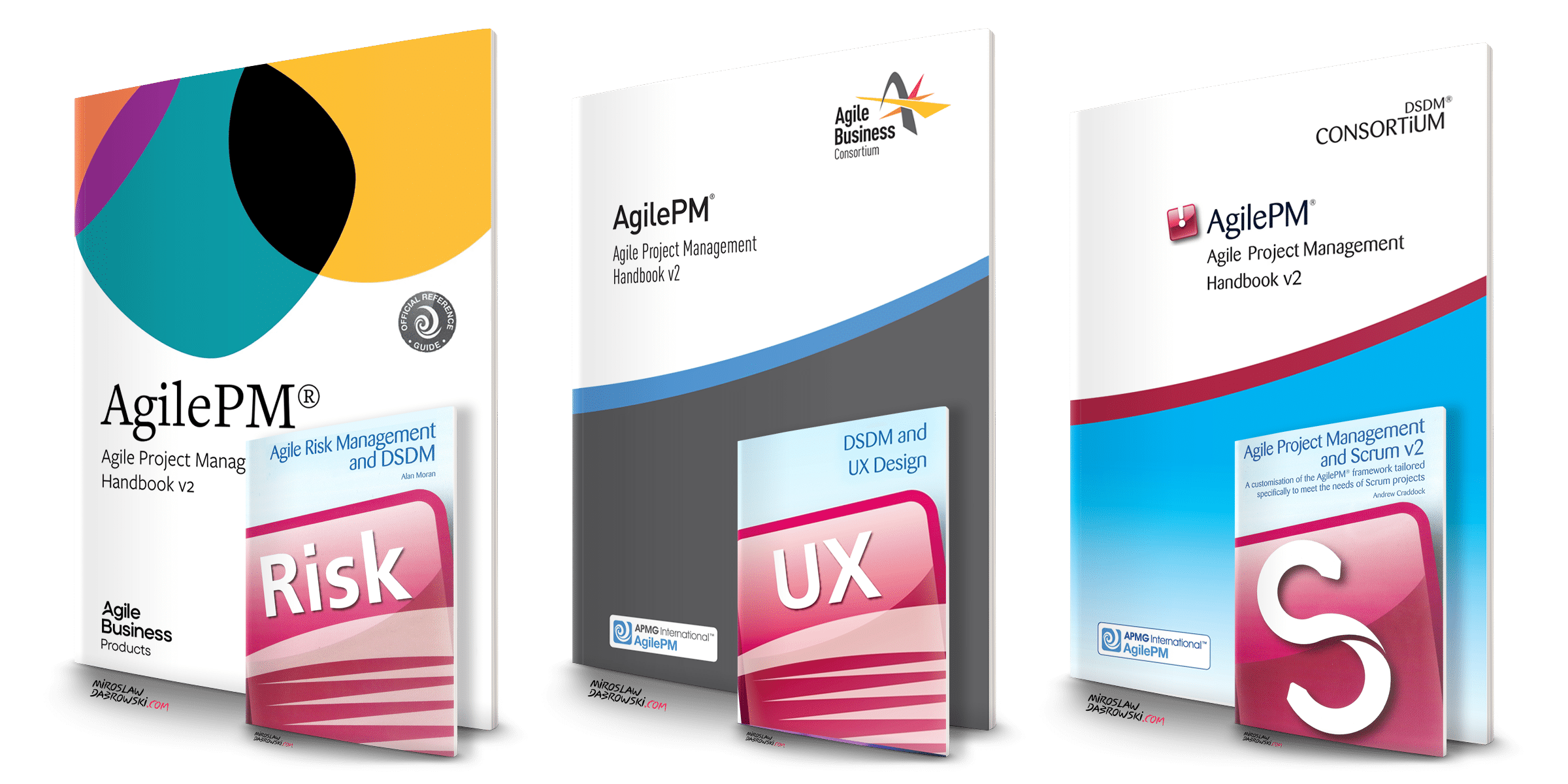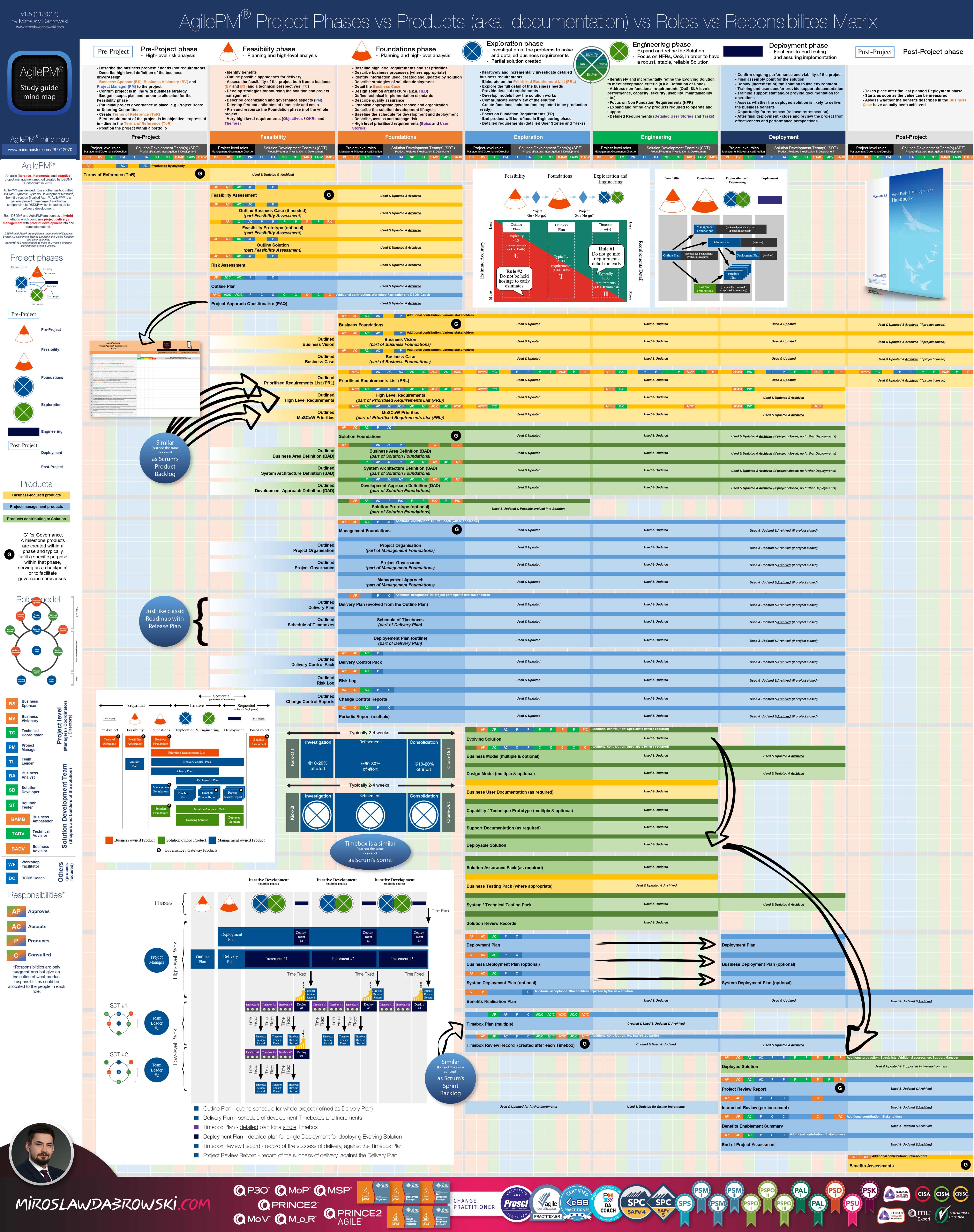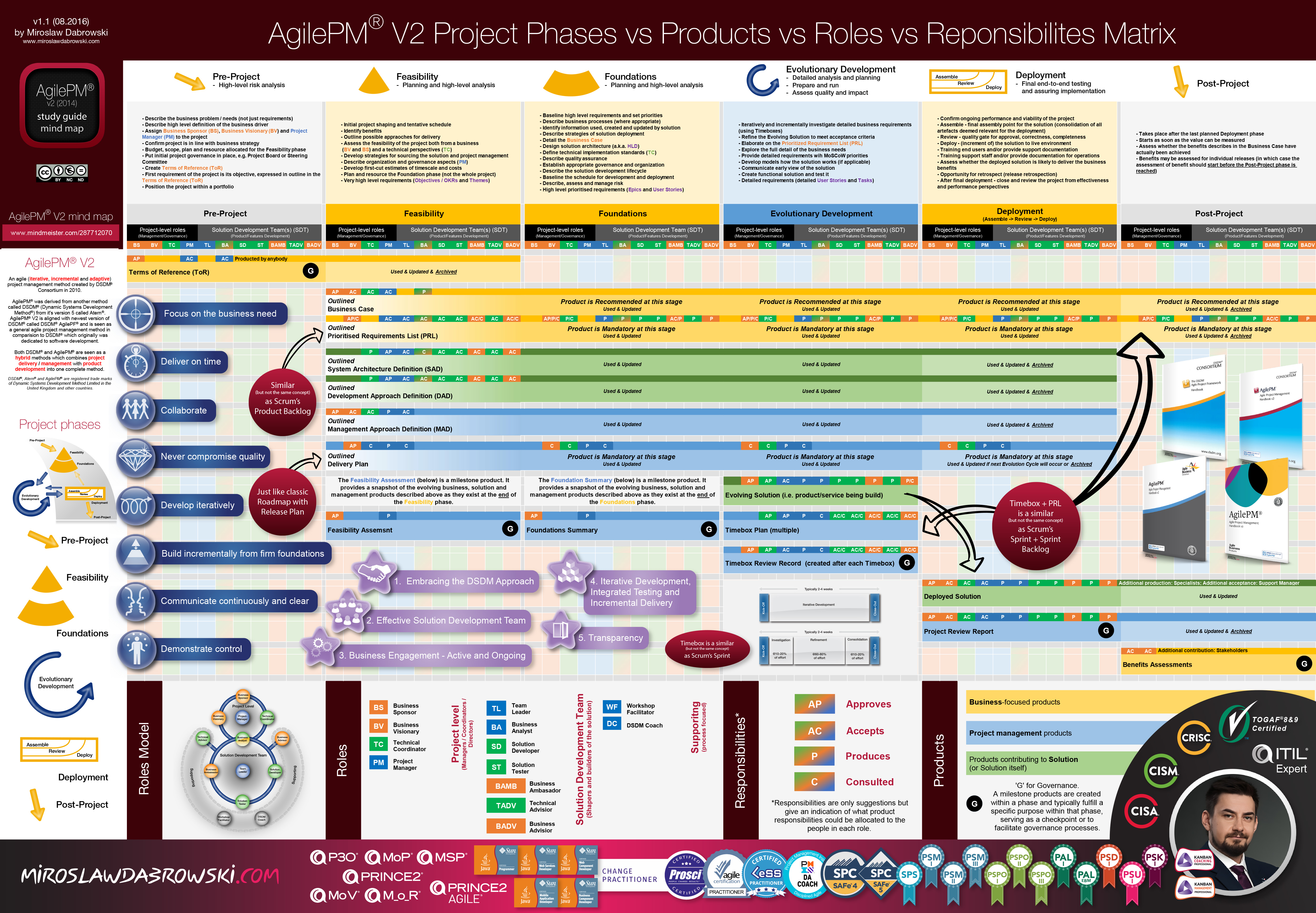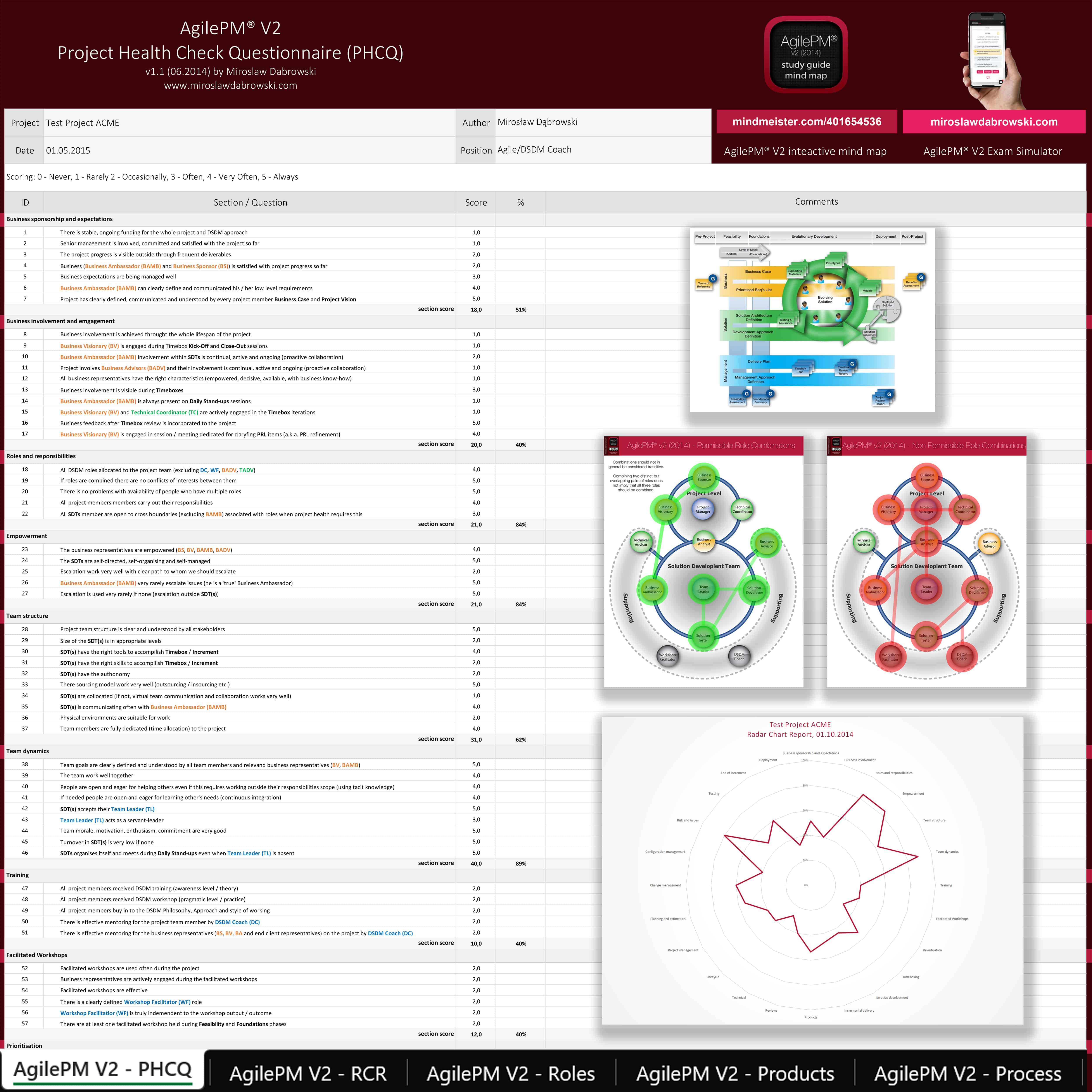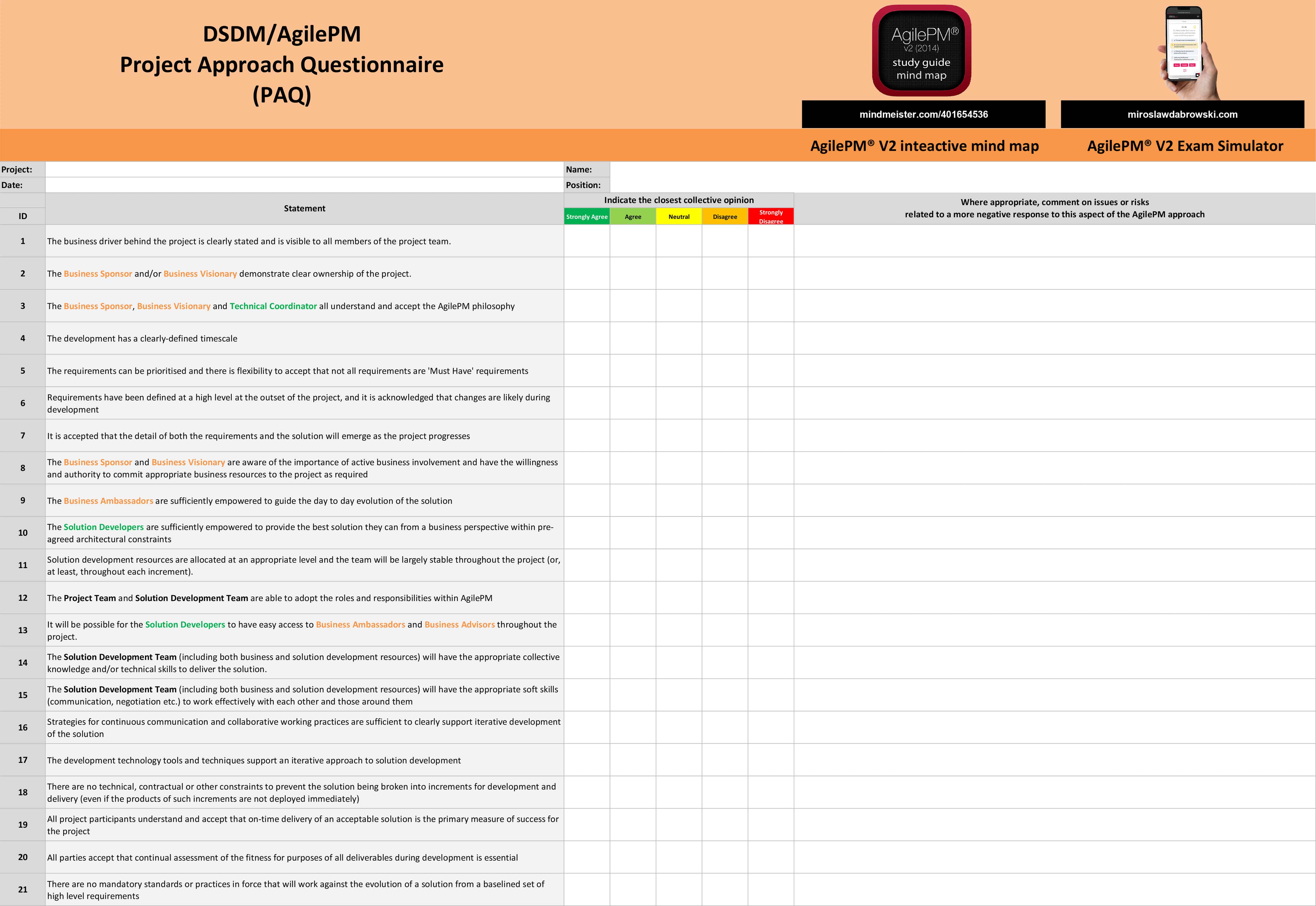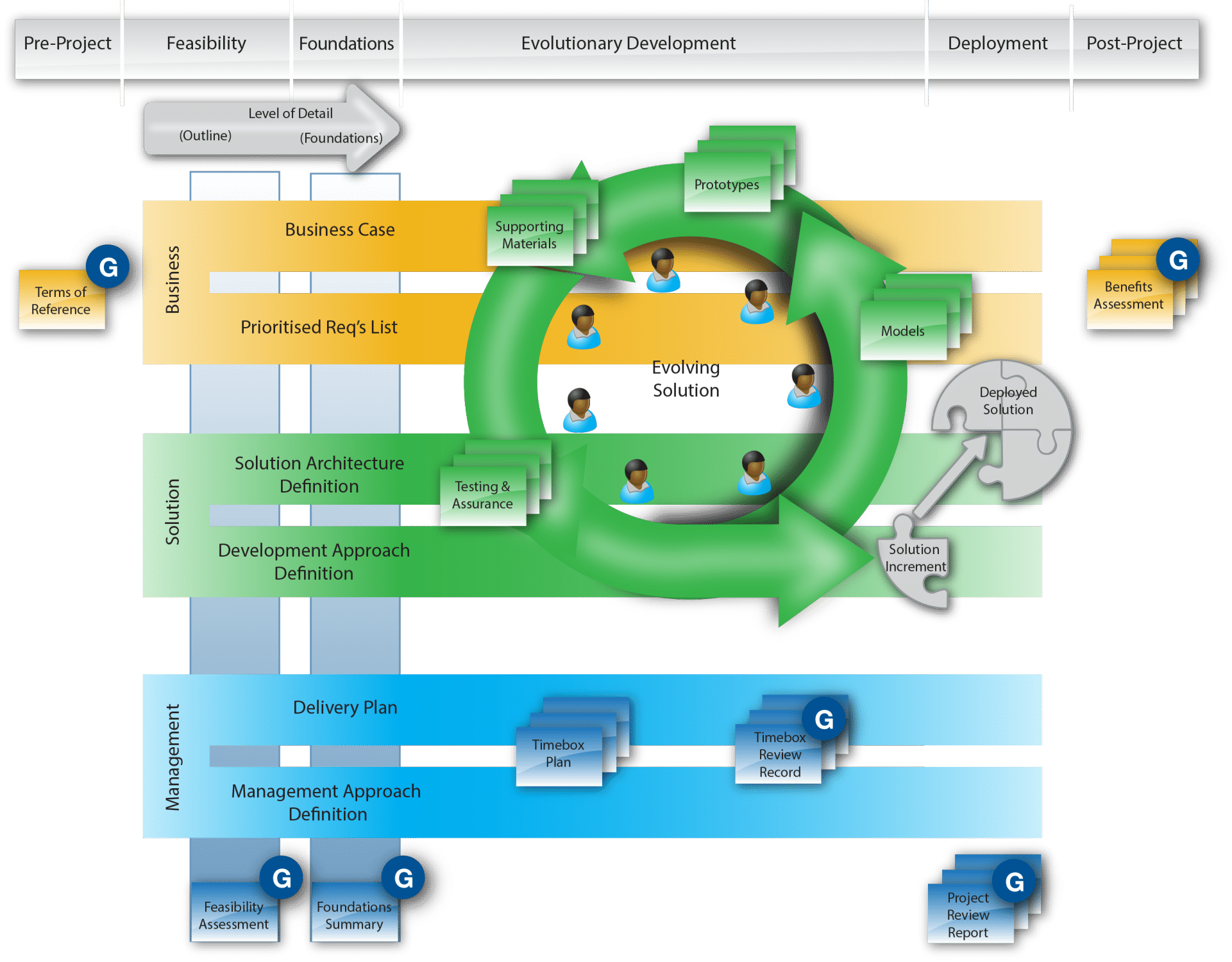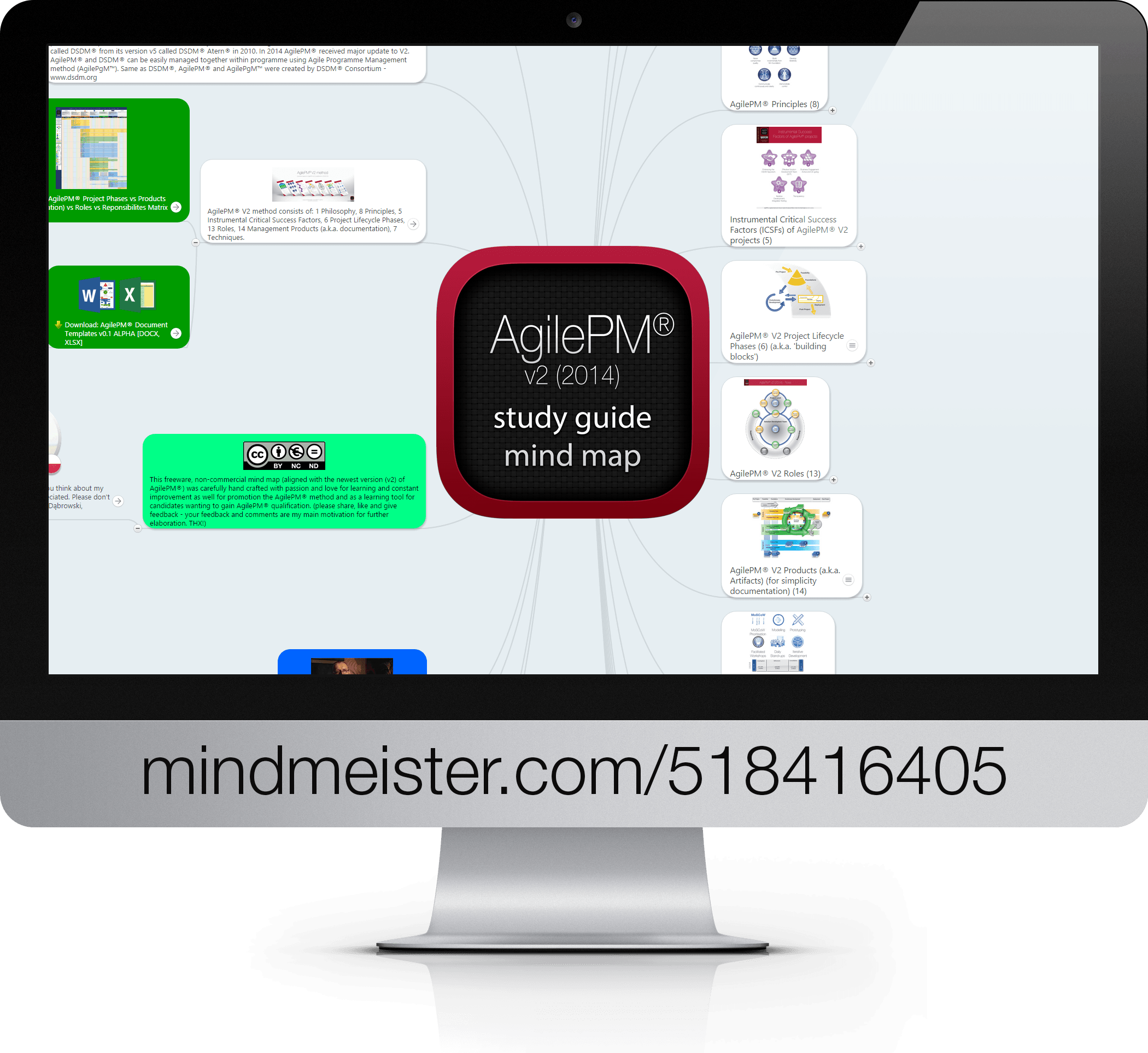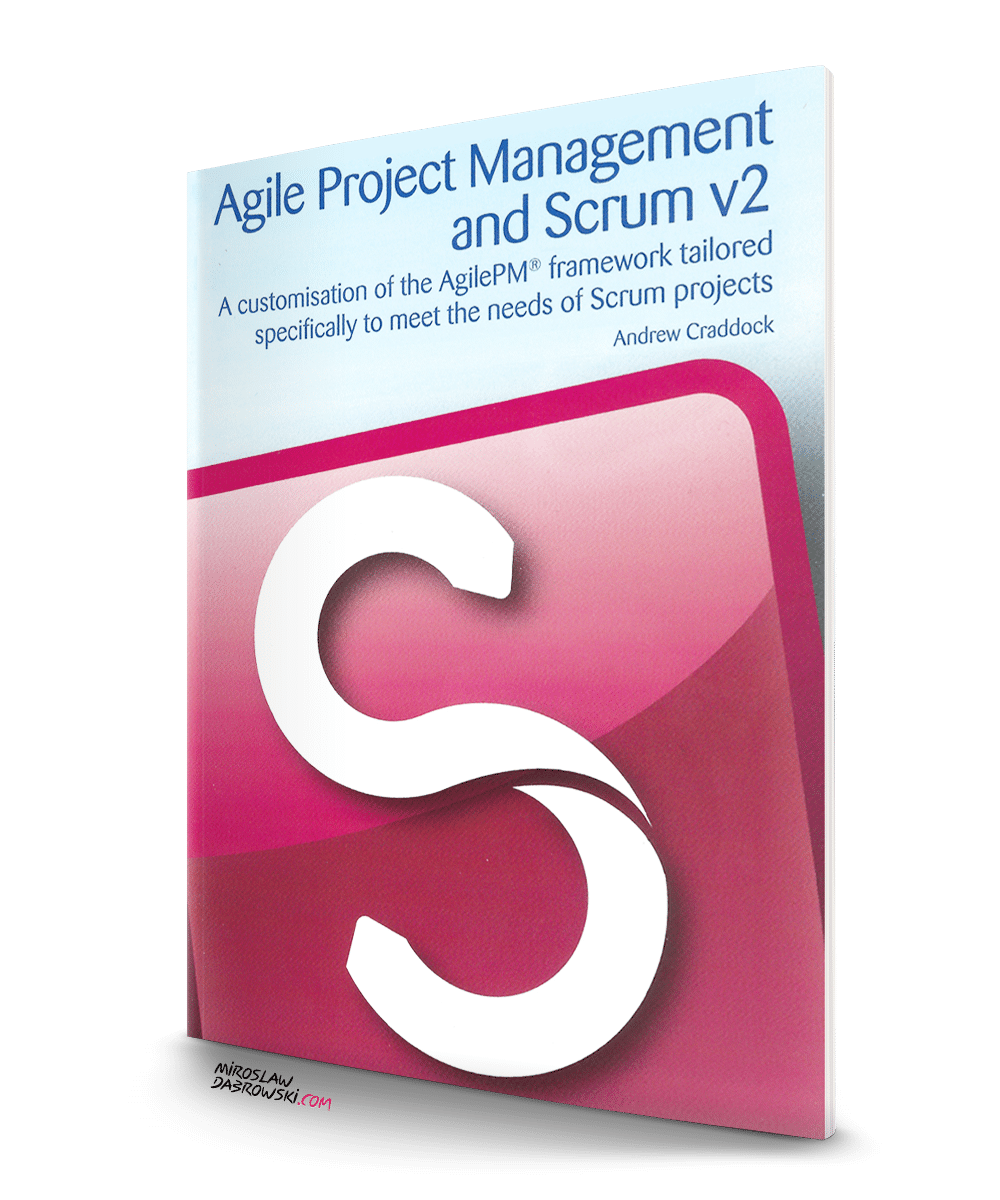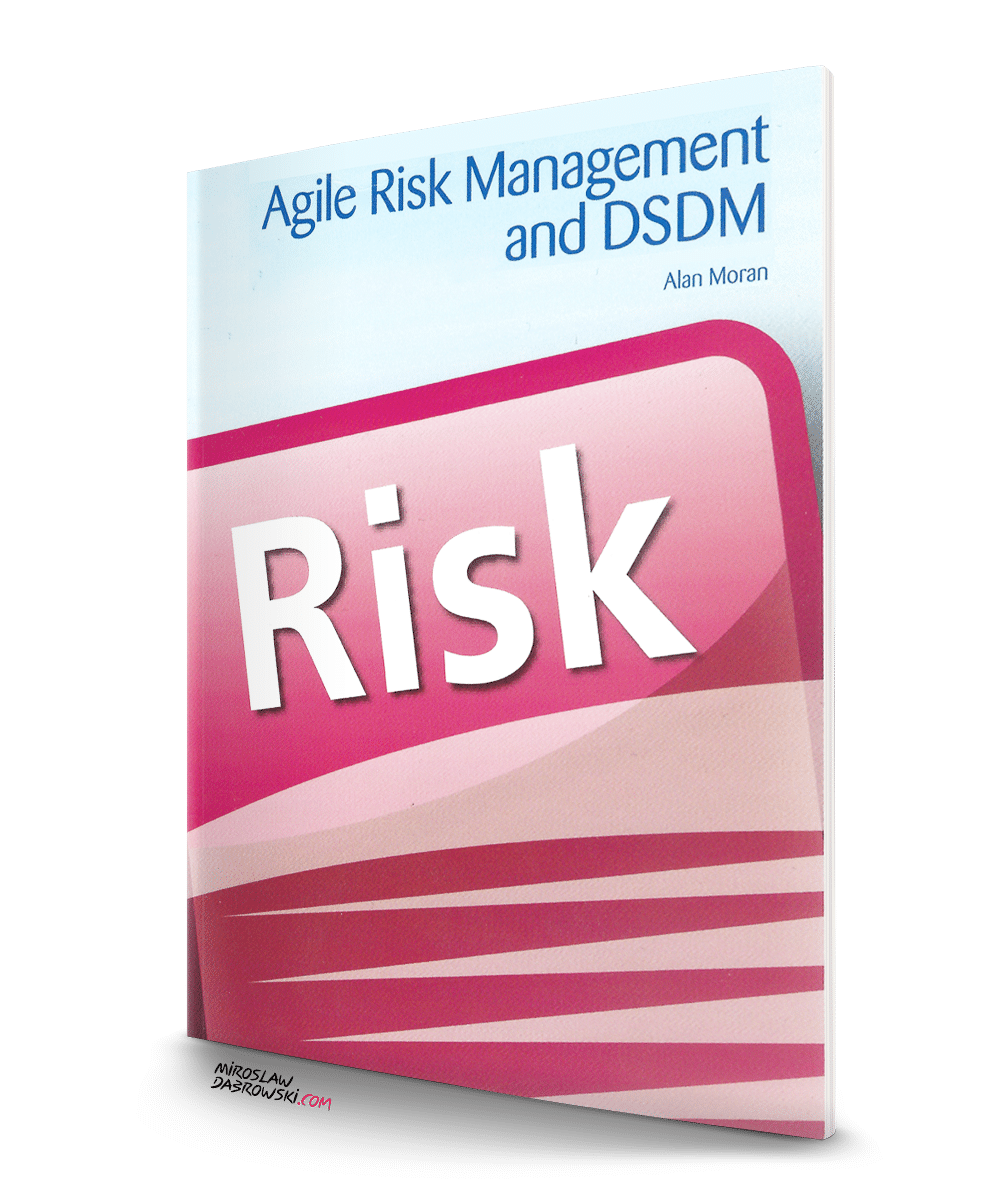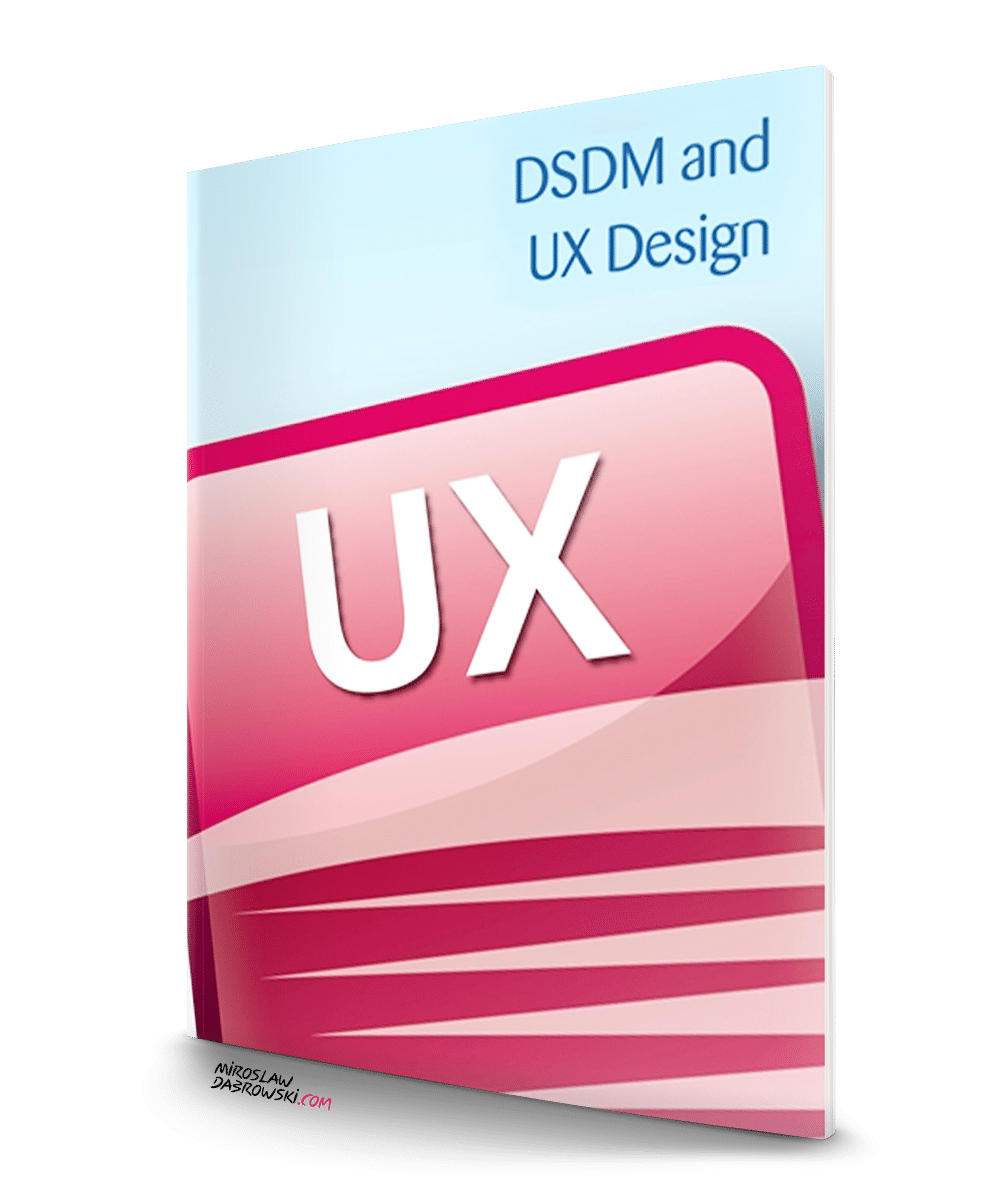AgilePM® (Agile Project Management) is an internationally recognized methodology for agile project management, particularly esteemed in the UK. The latest version of the methodology (v2) is built upon the DSDM Agile Project Framework (Dynamic Systems Development Method) approach, enabling swift and secure project implementation in organizations that demand precision and transparency throughout the entire project life cycle. It is particularly utilized in projects where the project scope may change.
Participants in the AgilePM® Foundation training will learn about the key principles of the AgilePM methodology in its latest edition, V2. They will become familiar with all design roles, management products, and techniques presented in this methodology.

